May 29, 2025 | 02:52 GMT +7
May 29, 2025 | 02:52 GMT +7
Hotline: 0913.378.918
May 29, 2025 | 02:52 GMT +7
Hotline: 0913.378.918
The United States is the second largest export market for Vietnam's fruits and vegetables, following China, according to Mr. Dang Phuc Nguyen, General Secretary of the Vietnam Fruit and Vegetable Association (VinaFruit).
Vietnam's fruit and vegetable exports to the United States exceeded USD 358 million in 2024, exceeding a 39% increase from 2023, according to by data from the General Department of Vietnam Customs.
Coconuts were the most successful, contributing USD 77.7 million to the total export value and representing a 53.6% year-over-year increase. Exports of dragon fruit and mangoes also experienced substantial growth, with USD 31.2 million (+223.4%) and nearly USD 40 million (+33.2%) respectively.
It is important to note that almonds experienced a remarkable 357.3% increase, which indicates a substantial market expansion. Other products also saw impressive growth, including pistachios (+121.4%), garlic (+100.9%), macadamia nuts (+85.1%), and grape leaves (+111.1%). However, several items declined in export value, particularly passion fruit (-26.8%), durian (-27.9%), and longan (-9.2%).
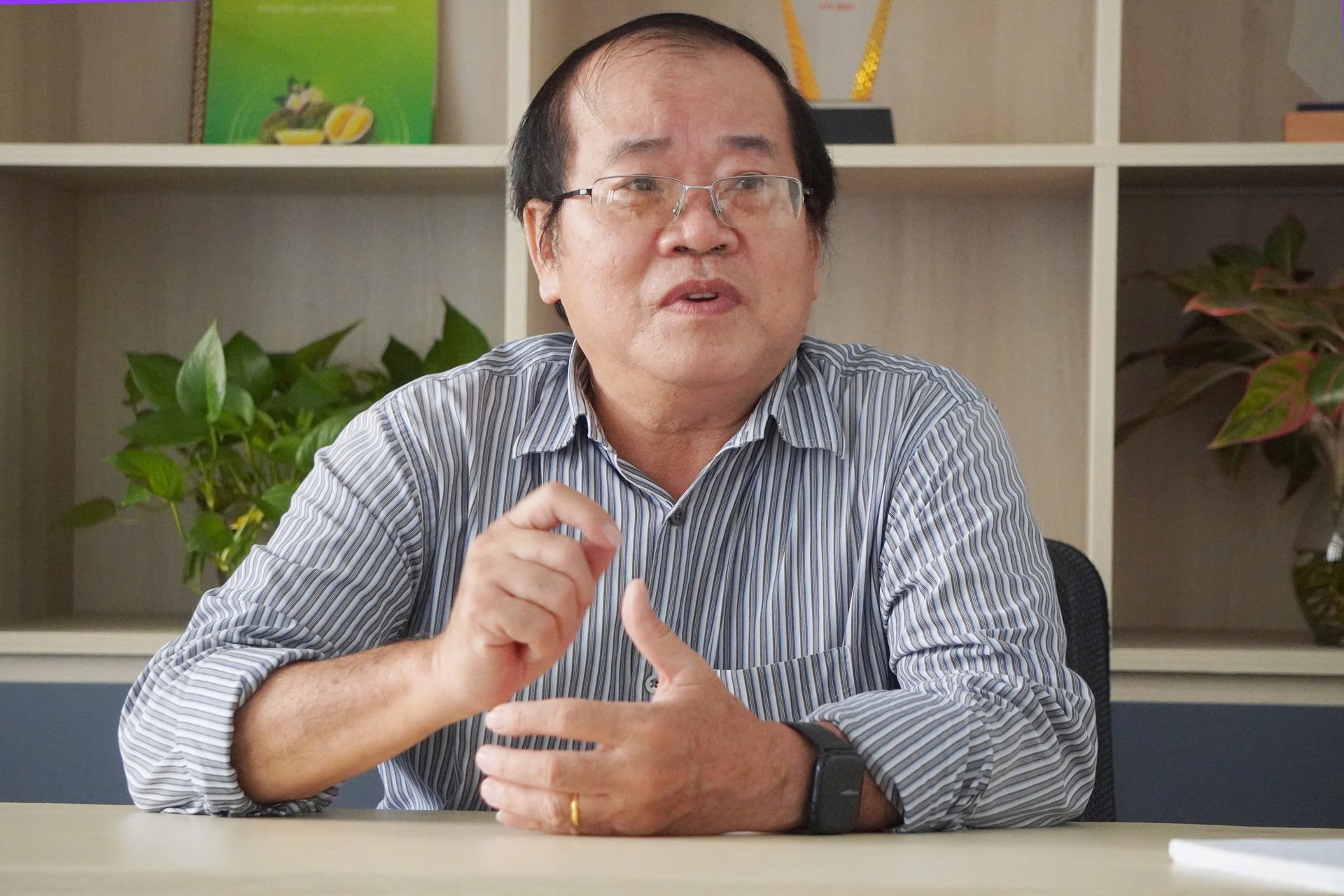
Mr. Dang Phuc Nguyen, General Secretary of the Vietnam Fruit and Vegetable Association, said that the United States is the second largest market for Vietnamese fruit and vegetable exports, after China. Photo: Hong Tham.
In January 2025, Vietnam's fruit and vegetable exports to the United States reached nearly USD 31.3 million, a nearly 39% increase from the same period in 2024, as the upward trend persisted. In general, Vietnam's exports of fruits and vegetables to the United States are exhibiting favorable trends.
"The fundamental inquiry remains: Do we possess the necessary volume and quality to establish a more substantial market share in the United States?" underscored Mr. Dang Phuc Nguyen, the General Secretary of the Vietnam Fruit and Vegetable Association (VinaFruit).
The U.S. market's increasing demand was reflected in the fact that coconuts maintained their position as the top seller, with a remarkable 132% year-on-year increase. Garlic experienced a significant increase of 190.1%, while mangoes continued to experience a surge (+60.4%). Other products that experienced substantial growth included grape leaves (+374.7%) and cucumbers (+405.6%). Nevertheless, numerous items, including pomelos (-42.6%), durians (-33.9%), and jackfruit (-77.2%), experienced precipitous declines, highlighting the challenges associated with market access and competition in the first few months of the year.
Mr. Nguyen stated that all fresh fruits and vegetables exported to the United States, with the exception of coconuts, must endure irradiation treatment when discussing quality control requirements for fruit and vegetable exports to the United States. The strict requirements for pesticide residue levels, pest control, and compliance with maximum residue limits (MRLs) as regulated by U.S. authorities must be met by processed products.
He further stated that "HACCP certification and pre-approval by U.S. authorities are required for exporting processing and packaging facilities before their products can be introduced to the market." Authorization for the management of expanding area codes and packaging facilities is granted by the United States, but it is implemented by Vietnamese authorities.
Vietnam's imports of fruit and vegetables from the United States in 2024 rose by 64% from USD 331.5 million in 2023, reaching roughly USD 544 million. This growth rate is substantially greater than the 23.7% growth rate of the overall fruit and vegetable imports, suggesting a substantial increase in the demand for American fruits in Vietnam.
The U.S. share in the total value of fruit and vegetable imports in Vietnam increased from 17% in 2023 to 22.42% in 2024, which is indicative of the significant growth of American fruits in the Vietnamese market.
This robust development may be attributed to a growing preference among Vietnamese consumers for premium imported fruits, rising consumer income, and improved trade policies. The United States is expected to continue to increase its market share in the years ahead, thereby directly competing with major suppliers such as China and Australia, if this trend persists.
Mr. Nguyen disclosed that the export turnover of vegetables and fruits from Vietnam to the United States remains modest.
According to Mr. Dang Phuc Nguyen, the greatest obstacle to Vietnamese vegetables and fruits being exported to the American market is the extended transit times, high logistics costs, and long shipping routes. In order to preserve the quality of the majority of fresh produce, it is necessary to transport it by air. Only a small number of items, such as fresh coconuts and pomelos, are suitable for marine freight.

Vietnamese red dragon fruit is on sale at a supermarket in the United States. Photo: PN.
Mr. Nguyen provided an example: At present, Ecuadorian dragon fruit is priced at approximately USD 4 per pound (1 pound = 454g) in the United States, while Vietnamese red-fleshed or yellow-fleshed dragon fruit is priced at nearly USD 8 per pound, primarily as a result of the high cost of air transportation.
In spite of these drawbacks, Mr. Nguyen also identified numerous advantageous circumstances for Vietnam's fruit and vegetable exports to the United States, including numerous bilateral agreements that have expanded the U.S. market for Vietnamese agricultural products and simplified export operations.
Furthermore, Vietnam is home to a variety of unique products that are either unavailable in other countries or of superior quality, including frozen durian and dragon fruit.
Additionally, the abundance of Vietnamese students in the United States, as well as the estimated 2 to 3 million-strong Vietnamese diaspora, is a significant advantage.
The demand for familiar tropical fruits, including Hoa Loc mangoes, star apples, green-skinned pomelos, and dragon fruit, is bolstered by the strong preference of these communities, which serves to increase Vietnam's market share in the United States for fruits and vegetables.
The United States has not yet announced any specific tariff policy on Vietnamese fruits and vegetables, according to Mr. Dang Phuc Nguyen. Nevertheless, he observed that the United States primarily concentrates on products with substantial trade surpluses, whereas Vietnam's export value of fruits and vegetables to this market is relatively modest.
Additionally, Mr. Nguyen noted that the probability of U.S. authorities imposing tariffs on Vietnamese fruits and vegetables is presently low due to the fact that Vietnam is still experiencing a trade deficit in fruit with the United States.
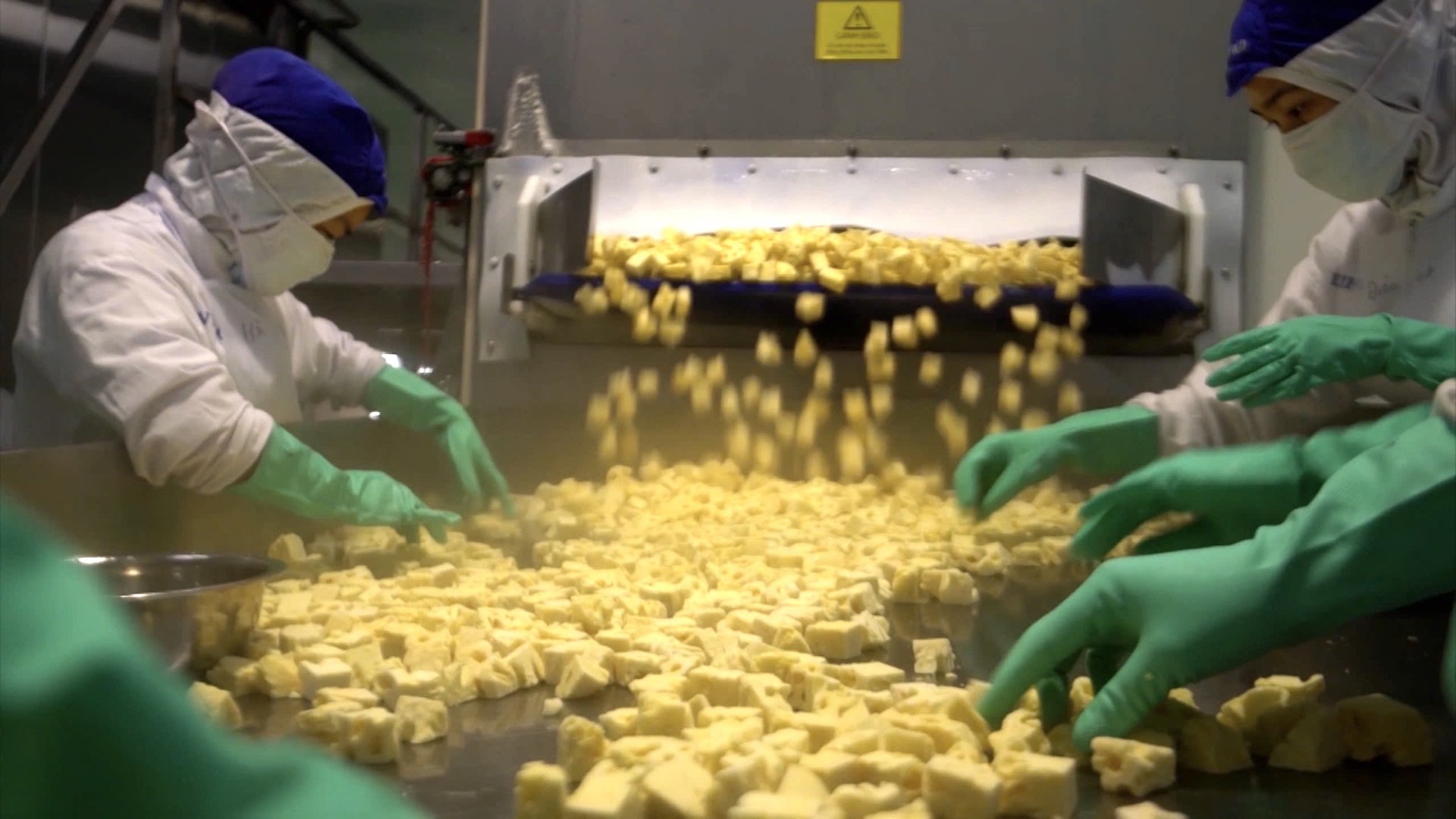
To improve the export capacity of vegetables and fruits to the US market in particular and other markets in general, Vietnam needs to focus on deep processing. Photo: Hong Tham.
He went on to explain that the 25% tariff imposed by President Donald Trump on imports from Canada and Mexico has opened up new opportunities for other countries, such as Vietnam, to increase their market share in the United States. Nevertheless, the 25% tariff that has been imposed on Canada and Mexico for fruit and vegetable products has not been sufficient to render Vietnamese products price-competitive.
In the present day, Vietnam's fresh fruits and vegetables encounter a multitude of obstacles when competing in the U.S. market. However, there are a few specialty items that are not extensively cultivated in South American countries, including fresh coconuts, durians, green-skinned pomelos, and passion fruit. Conversely, the United States is experiencing a robust demand for processed and frozen mangoes from Vietnam, which can be transported by sea, thereby reducing logistics expenses.
In order to improve export capacity, Vietnam must implement policies that encourage enterprises to expand deep processing and increase value-added production, as emphasized by Mr. Nguyen. This approach would facilitate the development of competitive advantages and the surmounting of logistical obstacles in the global marketplace.
Translated by Linh Linh
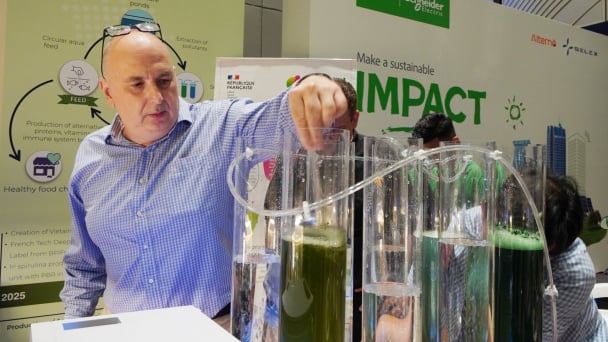
(VAN) On May 27, La French Tech Vietnam (the French startup and innovation community in Vietnam) held the French Tech Summit Vietnam 2025.
/2025/05/27/4731-2-223159_980.jpg)
(VAN) No votive paper, no styrofoam, no plastic bags, no plastic bottles, and no single-use plastic trays are the key rules tourists should keep in mind when visiting Con Dao.
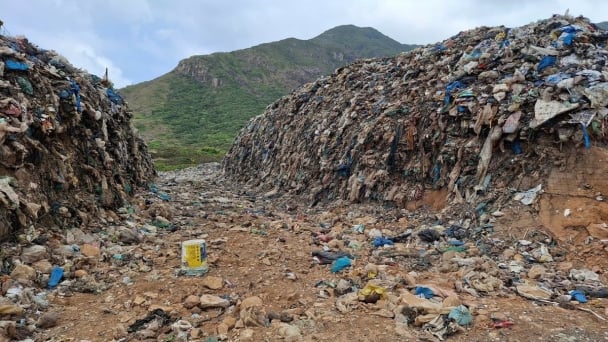
(VAN) In the fight against plastic pollution, Vietnam has been demonstrating a proactive, pioneering, and active role in addressing the greatest environmental challenge today.

(VAN) The WOAH guidelines provide a vital tool for risk chain analysis, covering the extraction, transportation, consumption, and handling of confiscated wildlife.

(VAN) World Environment Day 2025 is launched by the United Nations Environment Programme (UNEP) with the theme 'Beat Plastic Pollution'.
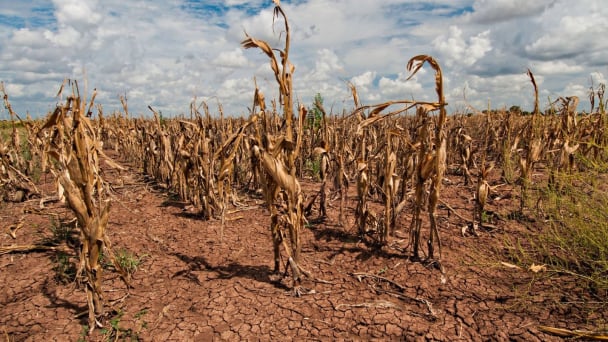
(VAN) As climate whiplash reshapes yields, experts say data-driven tools and targeted relief are critical to feed America.

(VAN) The alignment in goals and operational direction between the Vietnam Agriculture and Nature Newspaper and Shaanxi Daily opens up promising prospects for journalism and media cooperation.